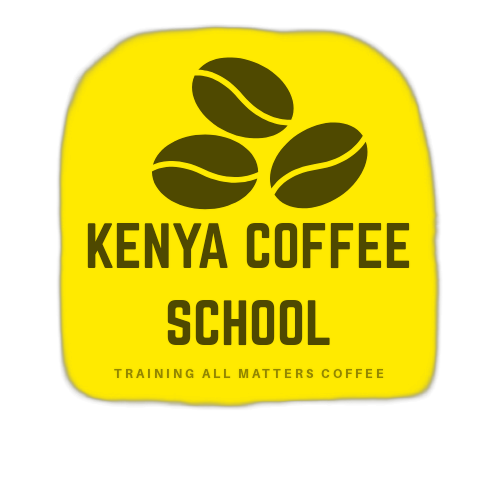Page 1: Title & Abstract
- Full title, authorship (Kenya Coffee School & GOOD Trade Certification™)
- Abstract summarizing the vertical value chain vision: direct farm-to-cup, regenerative agriculture, traceability, and flavor integrity.
Page 2–3: Introduction
- The evolution of the coffee value chain globally and in Africa.
- Problems with the traditional horizontal chain (multiple intermediaries, price dilution, disconnection from farmers).
- The call for a vertical transformation — linking farmers, cooperatives, and consumers through digital, ethical, and regenerative systems.
Page 4–5: Traditional Horizontal Chain vs Vertical Value System
- Comparative diagram explanation (text-based in document).
- Horizontal model: brokers, millers, exporters, importers, roasters, retailers → low farmer income.
- Vertical model: cooperative → local roasting → direct trade → consumer → value retained at origin.
- Integration of digital traceability, blockchain, and farmer identity.
Page 6–7: Farmer-Centric Vertical Integration
- Cooperative empowerment models.
- Revenue redistribution and fair-trade enhancement under GOOD Trade™.
- Local value addition: roasting, packaging, branding, quality control at source.
- Youth inclusion and local entrepreneurship through Barista Mtaani and KCS graduates.
Page 8–9: Value Addition at Origin
- Why roasting at source increases national GDP and coffee identity.
- Exporting roasted, branded coffee instead of raw beans.
- Digital traceability systems, origin QR coding, and sensory profiling (KCS-ABC™ system).
- The economics of flavor: turning terroir into traceable value.
Page 10: Regenerative Coffee Systems
- Soil regeneration, composting, and circular coffee production.
- Agroforestry, cover crops, and organic matter retention.
- How regenerative coffee links to carbon sequestration and ecosystem recovery.
- GOOD Trade™ as a sustainability verification model.
Page 11: Shade-Grown Coffee and Biodiversity
- Shade trees as biodiversity hubs and microclimate stabilizers.
- Benefits to pollinators, soil health, and climate adaptation.
- Flavor improvement through slow cherry maturation under shade.
- Integrating wildlife corridors and indigenous trees for ecosystem resilience.
Page 12: Conclusion – Towards a GOOD Future
- The future of coffee is vertical, regenerative, and transparent.
- A call to action for cooperatives, roasters, and governments.
- GOOD Trade™ as the certification standard for equitable, climate-positive, flavor-true coffee.
- Vision statement: “From farm to flavor, through fairness.”
